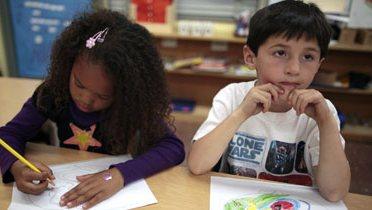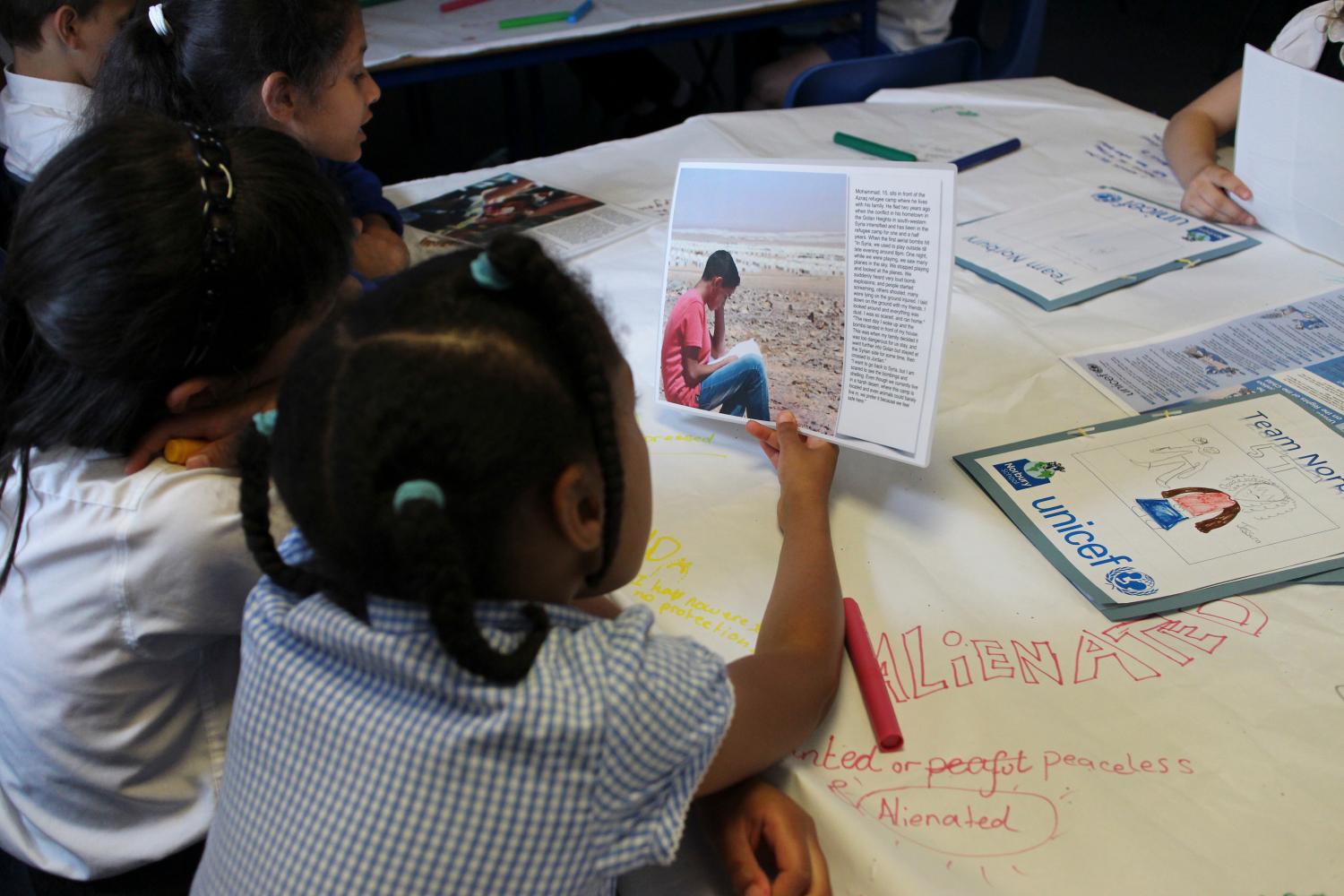FINDINGS
This study uses data from the Early Childhood Longitudinal Study- Birth (ECLS-B) Cohort to estimate associations between two important indicators of family socioeconomic status—family income and maternal education—and children’s school readiness measured by academic skills, behavior, and physical health at school entry.
- We find large gaps in our measures of school readiness across groups of children defined by family income and maternal education. Such differences are much smaller, however, when potential confounds are included as controls in regressions.
- In multivariate models, we find significant, but modest, links between household income and measures of children’s achievement and behavior, but not health. Specifically, our estimates imply that an additional $1,000 of average income throughout early childhood would result in about a 0.015 standard deviation in reading and math scores for children in low-income families, with smaller effects in children’s behaviors.
- With respect to maternal education, we find higher levels of education predict higher achievement and physical health, but not behavior. Our estimates imply that an additional year of school would increase math and reading scores by 0.06 to 0.09 standard deviations.
The paper concludes with a discussion of the challenge of developing effective policies to increase family income and maternal education.
INTRODUCTION
Many children and youth from families of low socioeconomic status do poorly in school. On average, they perform less well on standardized tests compared with more advantaged youth and are less likely to graduate high school and complete college. These lower levels of academic achievement and educational attainment contribute to lower levels of economic success in adulthood and lower social mobility in our society. Children born into families at the bottom fifth of the income distribution are twice as likely as middle-class children to remain in that bottom bracket as adults (Isaacs, Sawhill & Haskins, 2008). Efforts to improve the economic prospects of children from low-income families have often focused on the educational system, but often with disappointing results (Jacob & Ludwig, 2009). Disparities in academic skills and other areas of development are apparent well before children enter school, suggesting that efforts targeted early in the life course may be effective in preventing the disparities that schools seek to remediate. If we could identify strategies for improving the school readiness of disadvantaged children before they enter kindergarten, we might be able to improve their opportunities for achieving the American Dream.
Children’s readiness for school is influenced by many different factors; in this paper we focus on two aspects of families’ socioeconomic standing: family income and parental education. We focus on the independent effects of these family characteristics because, though highly correlated, theoretically and empirically they exert independent effects. While many parents with low levels of education often have low incomes as well, these parental resources may affect families and children in different ways. The thought experiment is as follows: if you could choose your parents, do you think you would be better off being born to educated, yet poor, parents, or to parents who were well-off, despite lacking a high school diploma? Or, to frame it as a policy question, as our nation seeks ways to improve children’s school readiness, will we get more bang for the buck from policies to support parents’ income or policies to increase parents’ educational attainment?
Our interest in identifying key outcomes and determinants of school readiness stems from a larger project, in which a team of researchers is developing a life cycle model of the U.S. population from birth to age 40 in order to better understand how various policy interventions might improve the life prospects of disadvantaged children and increase economic mobility. This analysis is one of several being undertaken to better understand how child outcomes at key turning points (e.g., entry to school, graduation from high school) are influenced by children’s circumstances at birth, their home environment, and experiences in schools and other out-of-home settings.
The Brookings Institution is committed to quality, independence, and impact.
We are supported by a diverse array of funders. In line with our values and policies, each Brookings publication represents the sole views of its author(s).






